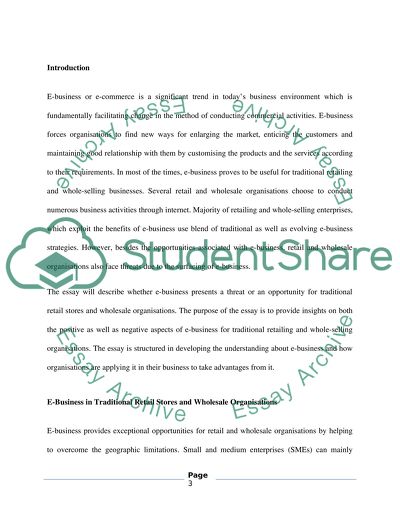Cite this document
(“Positive and negative aspects of e-business for traditional retailing Essay”, n.d.)
Retrieved from https://studentshare.org/e-commerce/1396314-positive-and-negative-aspects-of-e-business-for-traditional-retailing-and-whole-selling-organisations
Retrieved from https://studentshare.org/e-commerce/1396314-positive-and-negative-aspects-of-e-business-for-traditional-retailing-and-whole-selling-organisations
(Positive and Negative Aspects of E-Business for Traditional Retailing Essay)
https://studentshare.org/e-commerce/1396314-positive-and-negative-aspects-of-e-business-for-traditional-retailing-and-whole-selling-organisations.
https://studentshare.org/e-commerce/1396314-positive-and-negative-aspects-of-e-business-for-traditional-retailing-and-whole-selling-organisations.
“Positive and Negative Aspects of E-Business for Traditional Retailing Essay”, n.d. https://studentshare.org/e-commerce/1396314-positive-and-negative-aspects-of-e-business-for-traditional-retailing-and-whole-selling-organisations.


